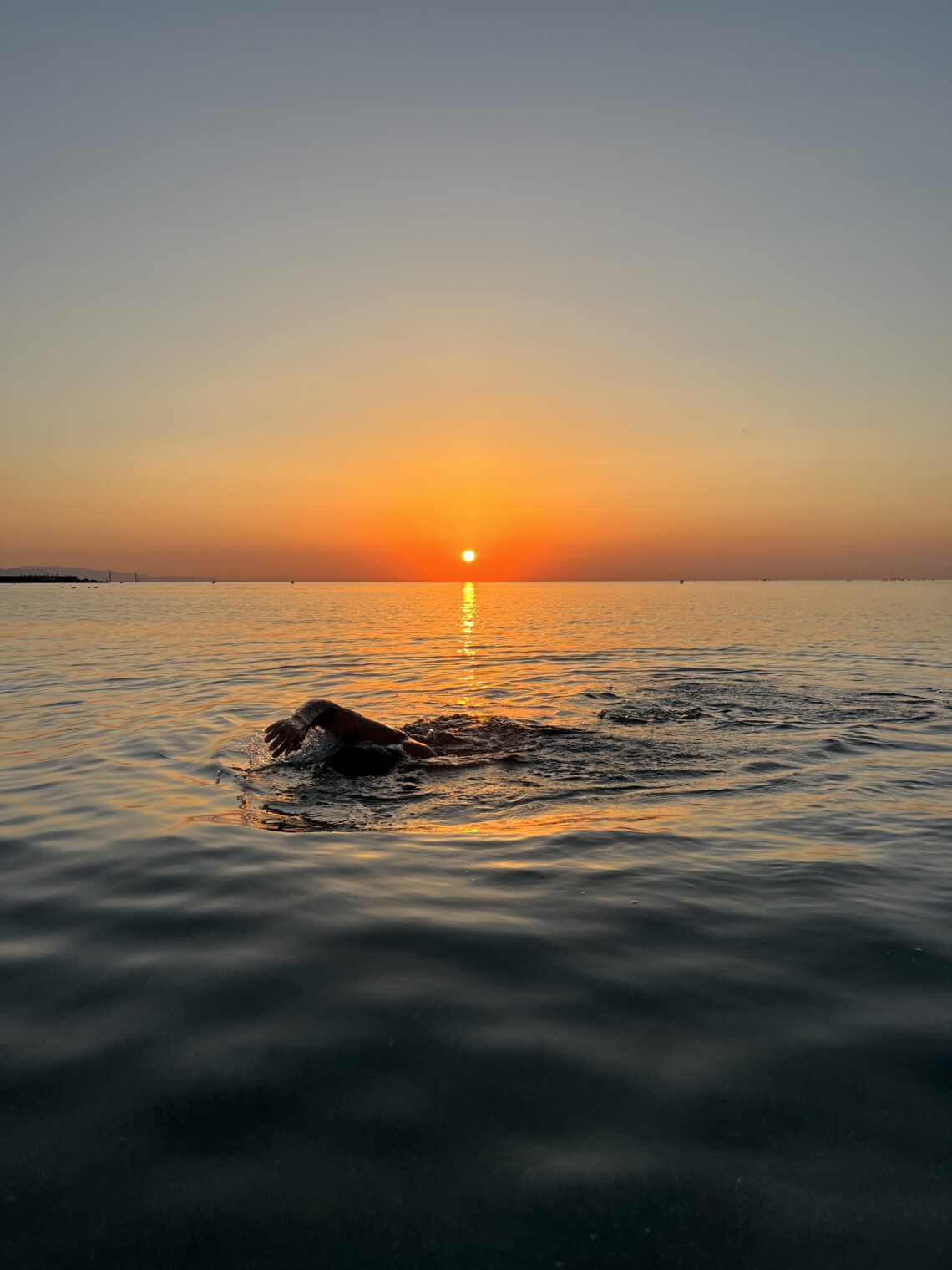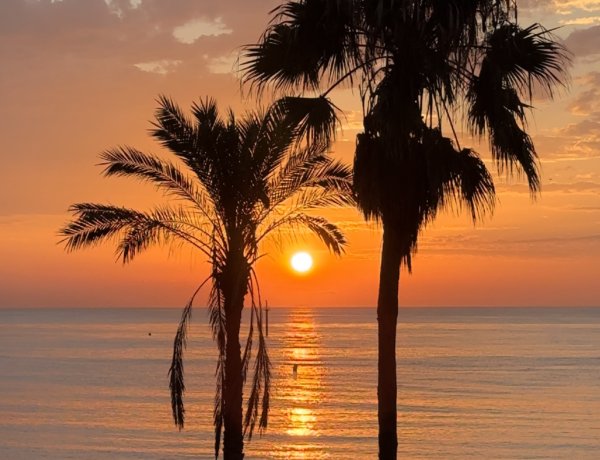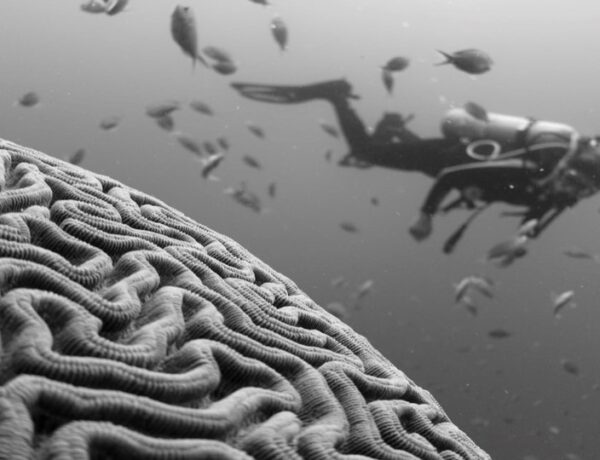Are you ready to brace yourself for a refreshing experience that could transform your daily routine and potentially enhance your overall well-being ?
The idea of subjecting oneself to cold water may seem daunting at first. Cold showers, an age-old practice cherished by cultures around the world, are gaining increasing attention in the modern wellness community. Beyond the initial shock of the chill, proponents of cold showers extol the numerous physiological and psychological benefits that come with this seemingly daring endeavor.
From improved circulation and muscle recovery to reduced stress and heightened alertness, the power of cold shower goes far beyond the cardiovascular health, metabolism, and immune system, among other aspects of human physiology.
If you’ve ever been curious about trying cold showers or are simply seeking evidence-based insights to enrich your health journey, here we go.
Embrace the cold, embrace the wellness, and embark on a journey of transformation — one shower at a time.
Let´s start with the description!
Cold Water Immersion: This is a little bit different compare to the cold shower. Cold water immersion (CWI) typically involves submerging the entire body or specific body parts in cold water, such as a cold bath, ice bath, or cold water pool. This method provides a more intense and immediate exposure to cold temperatures compared to a cold shower.
The main difference between the two lies in the degree of exposure and the extent to which the body is immersed in cold water. As a result, cold water immersion tends to have more pronounced physiological effects than a brief cold shower.
Cold Showers: A cold shower involves exposing the body to cold water while the cold water can be adjusted to a comfortable temperature, and individuals can control the duration of exposure.
Physiological Effects:
Blood Vessel Response: Both cold showers and cold water immersion can cause blood vessels to constrict initially and then dilate upon rewarming. This response helps improve circulation and can have potential benefits for cardiovascular health.
Metabolic Response: Cold water immersion, due to its more intense and prolonged exposure to cold temperatures, may lead to a more significant metabolic response. It can activate brown adipose tissue (brown fat), which burns calories to generate heat, potentially aiding in weight management.
Muscle Recovery: Cold water immersion is often preferred by athletes for post-workout recovery due to its ability to reduce muscle inflammation and soreness more effectively than a simple cold shower.
Hormonal Response: Cold showers and cold water immersion can both trigger the release of hormones like norepinephrine, leading to increased alertness and potential mood enhancement. They may also reduce cortisol levels, contributing to stress reduction.
Considerations: CWI can be more challenging to tolerate, especially for individuals unaccustomed to extreme cold exposure. It may not be suitable for everyone, especially those with certain medical conditions.
Cold showers are more convenient and can be a practical option for incorporating some cold water therapy benefits into a daily routine without the intensity of full-body immersion.
Both cold showers and CWI can offer various health benefits, and the choice between the two depends on individual preferences, comfort levels, and specific health goals. CWI may provide more pronounced effects due to its greater intensity, but cold showers can still offer some benefits and can be a stepping stone for individuals looking to explore cold water therapy in a more gradual manner.
Now, let’s dive deeper into the scientific foundation that underpins this age-old practice. By understanding the physiological responses triggered by cold water exposure, we can uncover the fascinating mechanisms behind the claimed advantages of this invigorating ritual. From the way our blood vessels respond to temperature changes to the hormonal cascades that ensue, each aspect plays a crucial role in unlocking the potential secrets of cold showering.
Are you excited? Let’s begin our exploration!
The science-backed secrets behind the benefits of cold showers
Through the lens of medical research and human physiology, we’ll gain a deeper appreciation for the remarkable impacts that cold showers can have on our bodies and minds.
The Effects on Central Physiology
Water is an effective conductor causing heat exchange to occur 25 times faster than air, [1] placing significant thermal stress on the body. Water temperature has an impact on the duration and level of immersion utilised as colder temperatures induce a greater initial “cold shock”, increasing discomfort and, possibly limiting exposure to CWI. The impact of water temperature was examined and it has been recommended that water temperatures of between 10 °C and 15 °C appear to be optimal for performance recovery. [4,5] However if these temperatures are not achievable in a practical setting similar thermal responses may be induced by altering immersion duration or depth.
It is hypothesised that CWI instigates physiological changes via hydrostatic pressure, redistribution of blood flow and reductions in core- and tissue temperatures. [6] There is evidence that CWI reduces thermal strain, swelling, inflammation, limb blood flow, muscle spasm and pain. [7] However, the exact thermal and cardiovascular responses to post-exercise CWI remain to be fully elucidated.
CWI was associated with an increase in heart rate, blood pressure, respiratory minute volume and metabolism. Decreases in end tidal carbon dioxide partial pressure and a decrease in cerebral blood flow were also reported in several publications.
CWI induces vasoconstriction, stimulating venous return and aiding metabolite removal after exercise; reducing swelling and muscle soreness. [8]
The Effects on Local Physiology
Body Fat
Body fat is considered one of the most important body composition factors. It has an impact on the effectiveness of CWI as it influences both heat conductivity and blood flow. [9] Body fat has a low heat conductivity providing greater insulation and thermal resistance compared to skin and muscle. [10] This insulating effect is thought to affect the magnitude and rate of re-warming following cold exposure. [11]
Muscle Mass
Muscle tissue has a significant impact on individual thermoregulatory responses. Indeed, vasoconstricted muscle was found to provide approximately 80 % of total body insulation during resting water immersion. [11] The depth of measurement affects which means deeper muscle tissue (e.g. 3cm depth) takes longer to cool and re-warm than superficial muscle sites. [12] Also, colder water temperatures may be more effective in the treatment of exercise-induced muscle damage and injury rehabilitation because of greater reductions in muscle blood flow.
Based on the research on local muscle physiology parameters, CWI influences causes significan reducon tion mVO2. This indicates that colder immersion temperatures elicit a greater reduction in muscle metabolic activity.
There is a general consensus that the application of cold ice or water immersion decreases skin, subcutaneous and muscle temperature [13–17]. The decrease in tissue temperature is thought to stimulate the cutaneous receptors causing the sympathetic fibres to vasoconstrict which decreases the swelling and inflammation by slowing the metabolism and production of metabolites thereby limiting the degree of the injury. [13]
A cooling effect also decreases nerve conduction velocity in super- ficial tissues by slowing the rate of firing of muscle spindle afferents and reflex responses thus decreasing muscle spasm and pain [18,20]
Thermotherapy has shown to increase tissue temperature, increase local blood flow, increase muscle elasticity, cause local vasodilation, increase metabolite production and reduce muscle spasm [18–21].
The increased blood flow allows an increased supply of oxygen, antibodies and the ability to clear metabolites. According to another study, If hot-cold contrast therapy is reported to produce physiologic effects (vasodilation and constriction of local blood vessels, changes in blood flow, reduction in swelling, inflammation and muscle spasm) significant fluctuations of muscle temperature must be produced by the alternating hot — cold contrast treatments. [21].
Final words..
In conclusion, the allure of cold showers lies not only in their refreshing sensations but also in the tangible improvements they can bring to our physical and mental well-being. As with any wellness practice, it is crucial to listen to your body and consider individual preferences.
As the centuries-old practice continues to captivate modern science, we look forward to more discoveries and an even deeper appreciation for the healing potential that lies within this simple, yet profound, daily ritual.






1 Comment
fakirinumudu
August 6, 2023 at 8:16 amReferences
1. Stocks JM, Taylor NAS, Tipton MJ, Greenleaf JE. Human physiological responses to cold exposure. Aviat. Space Eviron. Med. 2004;75(5):444-457.
2. Gregson W, Black MA, Jones H, et al. Influence of cold water immersion on limb and cutaneous blood flow at rest. Am J Sports Med. 2011;39(6):1316-1323.
3. Mawhinney C, Jones H, Joo CH, Low DA, Green DJ, Gregson W. Influence of Cold Water Immersion on Limb and Cutaneous Blood Flow following Exercise. Med Sci Sports Exerc. 2013;45(12):2277-2285.
4. Halson S. Does the time frame between exercise influence the effectiveness of hydrotherapy for recovery. Int J Sports Physiol Perform. 2011;6:147-159.
5. Machado AF, Ferreira PH, Micheletti JK, et al. Can Water Temperature and Immersion Time Influence the Effect of Cold Water Immersion on Muscle Soreness? A Systematic Review and Meta-Analysis. Sports Med. 2015.
6. Wilcock IM, Cronin JB, Hing WA. Physiological response to water immersion – A method for sport recovery? Sports Med. 2006;36(9):747-765. 20. Bleakley CM, Davison GW. What is the biochemical and physiological rationale for using cold-water immersion in sports recovery? A systematic review. Br J Sports Med. 2010;44(3):179-187.
7. Bleakley CM, Davison GW. What is the biochemical and physiological rationale for using cold-water immersion in sports recovery? A systematic review. Br J Sports Med. 2010;44(3):179-187.
9. Zhang H, Huizenga C, Arens E, Yu T. Considering individual physiological differences in a human thermal model. J Therm Biol. 2001;26:401–408.
10. Xu X, Castellani JW, Santee W, Kolka M. Thermal responses for men with different fat compositions during immersion in cold water at two depths: prediction versus observation. Eur J Appl Physiol. 2007;100(1):79-88.
11. Veicstenias A, Ferretti G, Rennie DW. Superficial shell insulation in resting and exercising men in cold water. J Appl Physiol. 1982;52(6):1557-1564.
12. Myrer JW, Myrer KA, Measom GJ, Fellingham GW, Evers SL. Muscle Temperature Is Affected by Overlying Adipose When Cryotherapy Is Administered. J Athl Training. 2001;36(1):32–36.
13. Enwemeka, C.S., Allen, C., Avila, P., Bina, J., Konrade, J., Munns, S., 2002. Soft tissue thermodynamics before, during, and after cold pack therapy. Medicine and Science in Sports and Exercise 34 (1), 45–50.
14. Myrer, J.W., Measom, G., Durrant, E., Fellingham, G.W., 1997. Cold- and hot-pack contrast therapy: subcutaneous and intramuscular temperature change. Journal of Athletic Training 32 (3), 238–241.
15.Hartvickson, K., 1962. Ice therapy is spasticity. Acta Neurologica Scandinavica 38, 79–84.
16. Johnson, D.J., Moore, S., Moore, J., Olive, R.A., 1979. Effect of cold submersion on intramuscular temperature of the gastrocnemius muscle. Physical Therapy 59, 1238–1242
17. Lowden, B.J., Moore, R.J., 1975. Determinants and nature of intramuscular temperature changes during cold therapy. American Journal of Sports Medicine 54, 223–232.
18. Prentice, W.E., 1999. Therapeutic Modalities in Sports Medicine, fourth ed., WCB/McGraw-Hill, Boston, USA
19. Brukner, P., Khan, K., 2001. Clinical Review of Sports Medicine, second ed., McGraw-Hill, Roseville, NSW.
20. de Jesus, P., Hausmanowa-Petrusewicz, I., Barchi, R., 1973. The effect of cold on nerve conduction human slow and fast nerve fibres. Neurology 23, 1182–1189.
21. Zuluaga, M., Briggs, C., Carlisle, J., McDonald, V., McMeeken, J., Nickson, W., Oddy, P., Wilson, D. (Eds.), 1995. Sports Physiotherapy: Applied Science and Practice, Churchill Livingstone, Melbourne.
22. Bleakley, C. M., & Davison, G. W. (2009). What is the biochemical and physiological rationale for using cold-water immersion in sports recovery? A systematic review. British Journal of Sports Medicine, 44(3), 179–187.doi:10.1136/bjsm.2009.065565
23. Cochrane DJ. Alternating hot and cold water immersion for athlete recovery: a review. Phys Ther Sport 2004;5:26–32.
24. Tipton, M. J., Collier, N., Massey, H., Corbett, J., & Harper, M. (2017). Cold water immersion: kill or cure?. Experimental physiology, 102(11), 1335-1355.
25. Gregson, W., Black, M. A., Jones, H., Milson, J., Morton, J., Dawson, B., … & Green, D. J. (2011). Influence of cold water immersion on limb and cutaneous blood flow at rest. The American journal of sports medicine, 39(6), 1316-1323.
26. Buijze, G. A., Sierevelt, I. N., van der Heijden, B. C., Dijkgraaf, M. G., & Frings-Dresen, M. H. (2016). The effect of cold showering on health and work: a randomized controlled trial. PloS one, 11(9), e0161749.